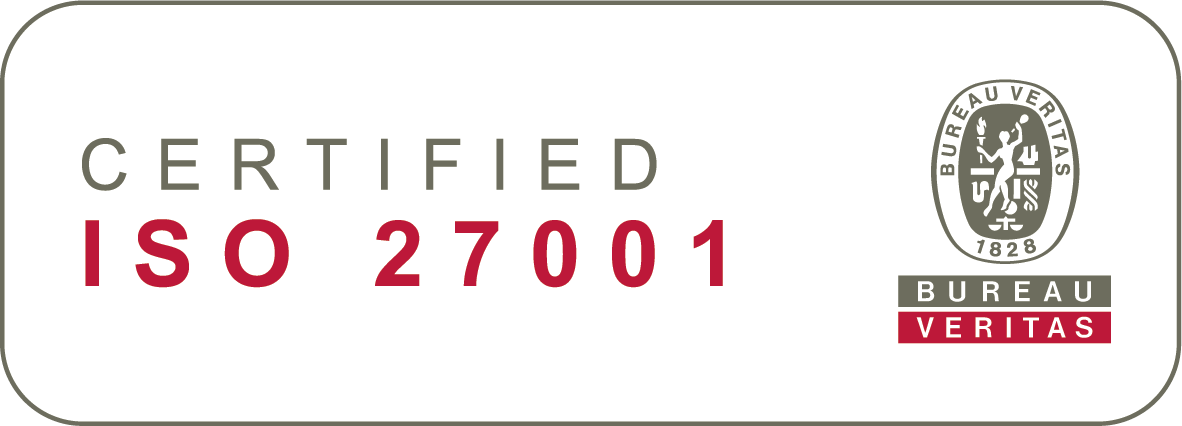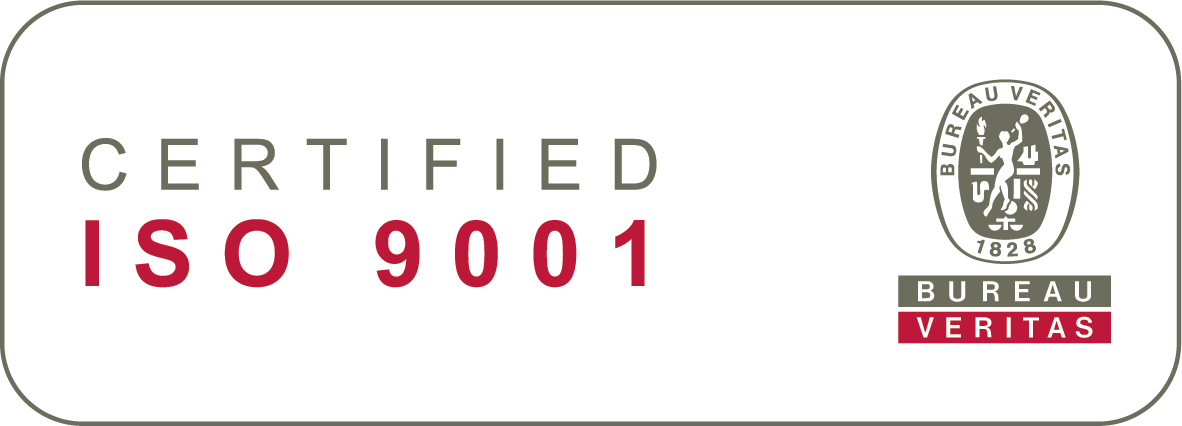Recently recognised as one of the UK’s top 50 influential HR practitioners, and with more than 3 decades of CPO experience at companies like Ford and Lloyds bank, Annette Andrews has a deep passion for bringing people, organisations, and businesses together. As it turns out, culture is the secret ingredient she uses to make this happen.
HR today – change without, change within
According to Annette Andrews, the personal, professional, and global challenges of the past few years are the result of a massively increased rate of change. This has been caused by ”rapid shifts in our socio, political, and economic norms, which have in turn shifted our cultural norms.”
HR in particular has been in the eye of the storm when it comes to change, as she acknowledges. “The skills, experiences, and mindset HR professionals need today are very different to those from when I first started out.”
But, while the scope and complexity of HR has certainly increased, “the opportunity to positively influence the organisations we serve has never been greater.” Leaders everywhere now acknowledge that the most important asset of any business is its people, and it is vitally important they find ways to stay on mission when everything is in flux.
How culture brings businesses together
Think of a business like a mini nation. There is an overarching national identity – a culture – but each region has subcultures with characteristics, dialects, histories, and customs that make them unique. Likewise, it can take months when starting out in a business to learn all the acronyms, terminology, and ways of working used across different functions and locations.
How can you forge a spirit of collective identity when differences are so pronounced? As “the glue that holds organisations together,” this is where culture shines, as it:
- Provides purpose – clarity and direction. Purpose gives us a goal when we get out of bed, which is especially helpful when the world around us is chaotic.
- Builds belonging – trust, security, and team spirit.
- Creates connections – personal and professional relationships between individuals and teams.
- Adds value – allowing people to make a difference, to add value, and to feel valued.
The above benefits are all critical parts of any business strategy - and they should also be reflected in your People strategy.
Tips for linking people and culture with business strategy
“We are more diverse in terms of gender, age, nationality, and many other factors than ever before, leading to a much wider range of cultural dynamics. Our People strategy and culture need to work for all these individuals.” How can this be achieved in practice?
For starters, HR leaders today need to speak the language of the businesses they serve if they are to make an impact. This starts with deeply understanding your business strategy. Traditionally, business plans and strategies were 3-5 year affairs. They could be followed at a sedate pace, with the original strategy document holding firm as a reference for several years.
But this no longer applies as change is ever-present today. A typical business strategy in 2022 extends 1-2 years into the future at most – and any supporting strategies, including those that focus on people, need to be equally nimble.
From HR's perspective, this means:
- Maintaining a current understanding of key business objectives
- Building a deep understanding of the business culture you have today
- Mapping out the culture you need to support business strategy
- Building a roadmap to bridge the gap between the two
- Being prepared to course correct when change happens in the world around you
“It is by using your culture to weave together the external environment, the business strategy, and what this means for your people that you create success.”
Building the core of your people strategy
There are critical touchpoints in every employer, employee, and manager relationship that can make your organisation better at attracting and retaining people. By learning how to optimise these touchpoints, you can build the core of your People strategy.
It is worth noting that each touchpoint across the employment journey is a two-way street. The people you want to attract and retain also want assurances that joining your business will be rewarding. They want proof that your culture is as advertised.
“Ask your people which of these touchpoints really matter - and why. Continually clarify your understanding as changes occur.” A good place to begin is with:
- A website that clearly showcases the culture and values of your business
- Recruiters that can talk extensively about the things you do to look after your people
- Onboarding that makes candidates feel part of the team before they start work
- Leaders that exemplify the culture and are trained to manage change
Finally...
It’s really important for business strategy to live in the hearts and minds of HR professionals. If business strategy resonates personally and professionally, that’s where the culture magic happens.
Connect with Annette Andrews on LinkedIn and visit her company website for more HR related insights!


